
Mongoose
REPORT IF SEEN: This species is currently controlled by KISC, if you see it please report it.
Mongoose
Species: Herpestes auropunctata, Herpestes javanicus
Mongoose are a considerable threat to many native species, most notably native forest, and seabirds. Mongooses are predators and vectors of disease. There are currently no established breeding populations of Mongoose on Kauaʻi, although there have been hitchhikers coming over in cargo from infested areas. KISC and HDOAʻs rapid response partnership efforts have captured 5 live mongoose in the past. The most recent capture was in April 2023 in Nāwiliwili.
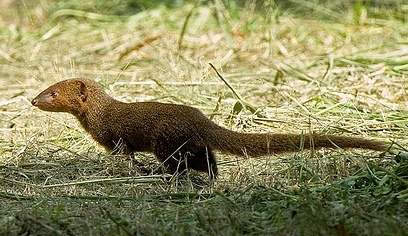
Description
- Weasel-like animal that has a long, brownish body, short legs, and a tail that is as long as its body. Average length, including tail is about 2 feet
- Small ears, pointed nose
- Active during the daytime and sleep in dens at night
- Native to India, introduced to Hawaii Island in 1883 (via Jamaica, where it was also introduced), then introduced to Maui, Molokai, and Oahu; none were introduced on the island of Kauai. Mongoose were imported by the sugar industry to control rats in cane fields. This infamous mistake was made without any scientific testing or much knowledge about mongoose. Mongoose, which are active during the day, did not control the rats because the rats are primarily active at night.
Impacts
- Predator of birds, small mammals, reptiles, insects, fruits and plants. The eggs and hatchlings of ground nesting native seabirds and waterbirds (like our state bird, the nene) and endangered sea turtles (like the hawksbill sea turtle) are especially at risk.
- Females can breed from the age of 10 months. Females have two or three litters of three pups each per year.
- Cost an estimated $50 million in damages to the Hawaiian Islands and Puerto Rico annually.
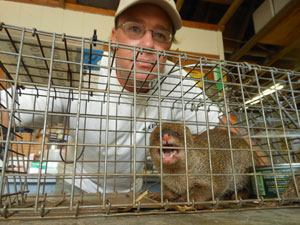
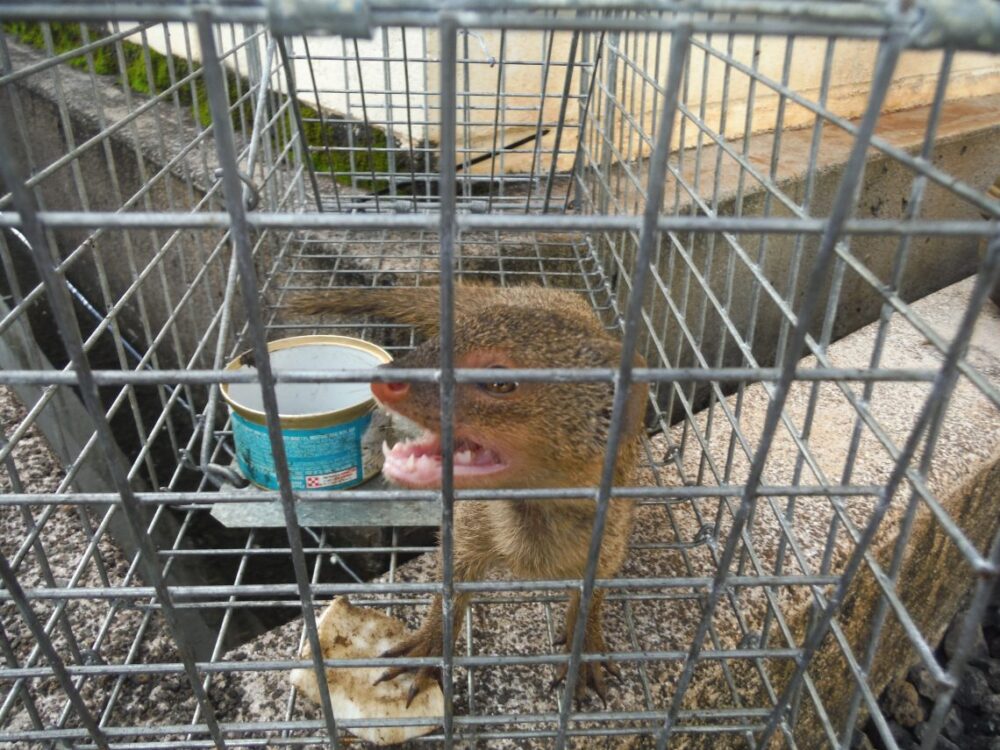
On Kauai
Including the latest capture in April 2023, there have been a total of 5 live mongooses apprehended Kaua‘i. One female mongoose was found dead along a road in 1976 near Kalaheo, and sightings have been reported all over the Garden Island. In In May 2012, the first mongoose was trapped at a resort near the Lihue Airport and the second was captured at Nawiliwili Harbor. In 2016, a mongoose was captured in the cargo area at Lihue Airport, and one was a trapped at Nawiliwili Harbor in 2021. We would not be successful in preventing the establishment of mongoose on Kauaʻi without the Kauaʻi community, specifically the vigilant employees at the airport and harbor. Report any suspect mongoose sightings to the state’s toll-free PEST HOTLINE at 808-643-PEST (7378) or to KISC at 808-821-1490
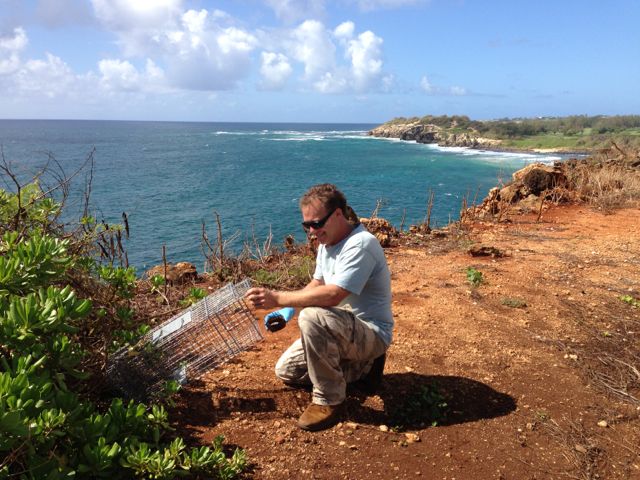
Look-a-likes:
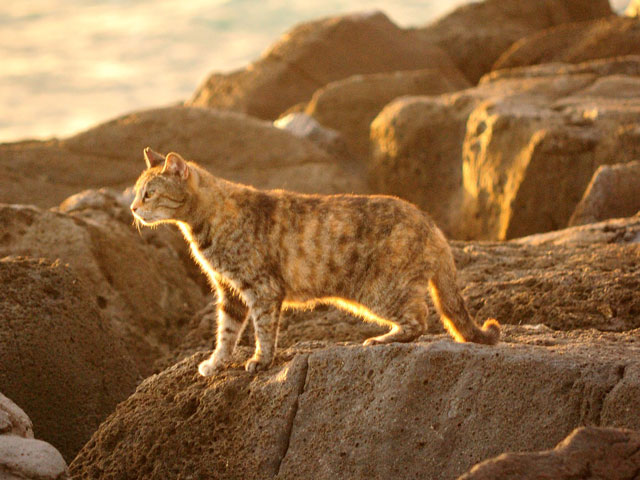
Feral Cats
While it may seem obvious that the picture below is a cat, it is quite common to mistake a cat for a mongoose. There are widespread feral cats covering the entire island. Cats and mongoose actually share similar habits, by way of hunting prey, and swiftly chasing prey through the forest or across the road. Keep in mind that cats usually come out around dusk, and are active during the night, where mongoose are active during the day. Mongoose always run with their tail parallel to the ground, where cats often have their tail curving upwards.
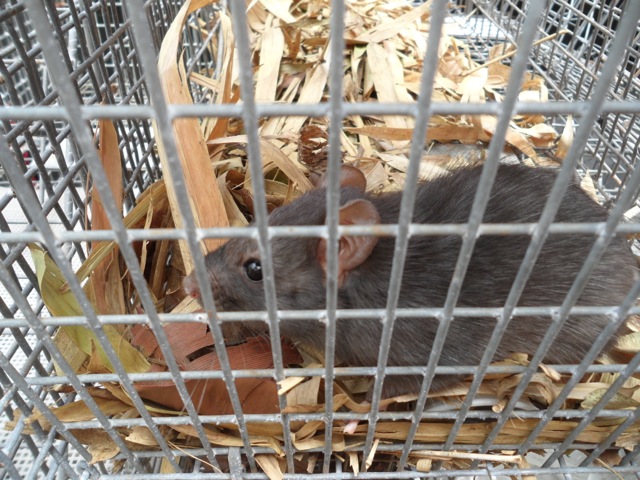
Rats
Rats are an introduced invasive species, but can commonly be mistaken for a mongoose because of their behavior, similar to cats. However, rats have a hairless tail, and are usually much smaller than mongoose.
